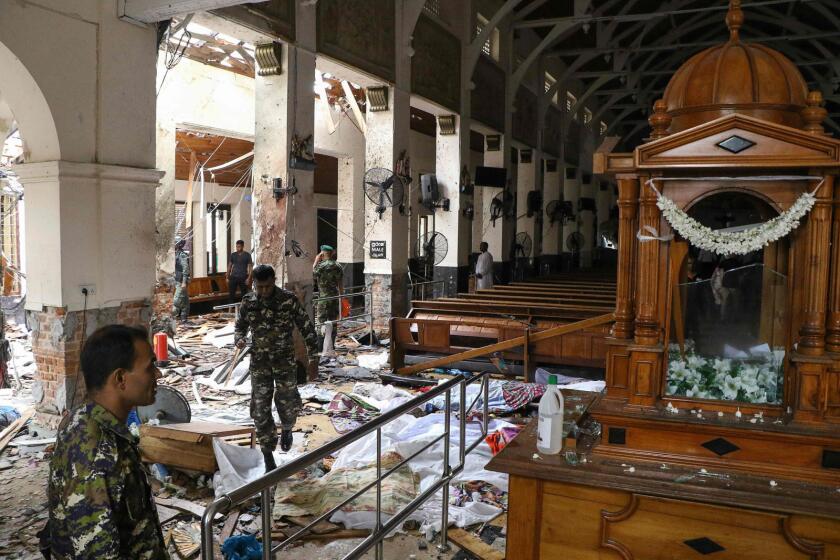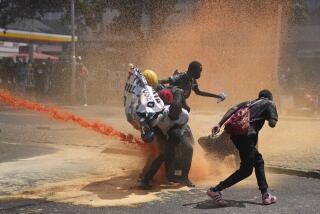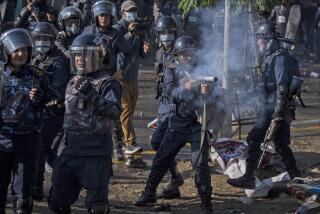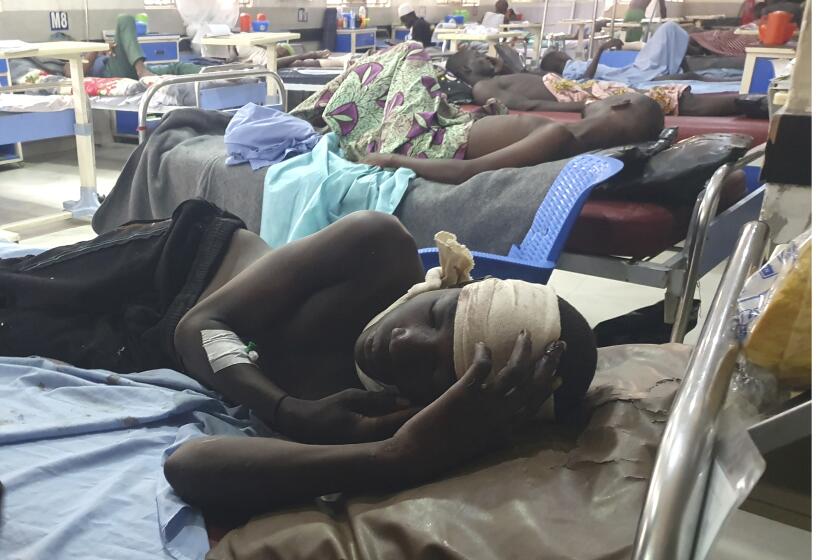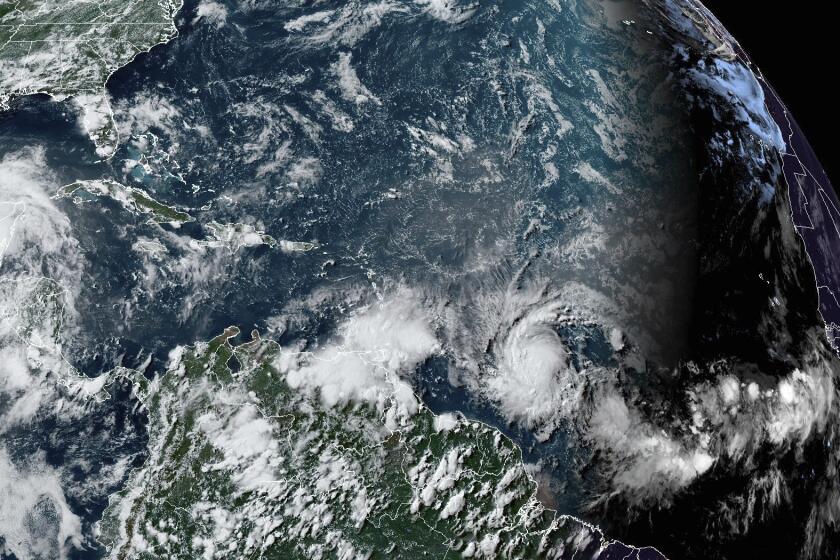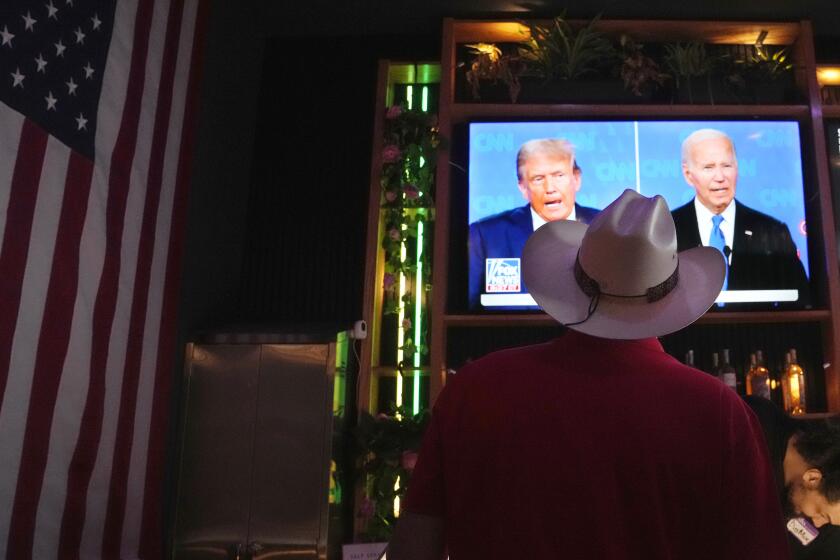Protests sweep across Sri Lanka after fatal police shooting

Thousands of people across Sri Lanka took to the streets Wednesday after police opened fire at demonstrators the day before in a crackdown that killed one person, injured 13 others and reignited widespread protests over the country’s worst economic crisis in decades.
Protesters used vehicles to block key roads in many parts of the country as they demonstrated against the shooting as well as rising fuel prices and the government’s failure to resolve the deepening economic problems. The shooting was the first by Sri Lankan security forces during weeks of protests.
The violence occurred Tuesday in Rambukkana, 55 miles northeast of Colombo, the capital. Fifteen police officers were also admitted to a hospital with minor injuries after clashes with protesters.
Police said the demonstrators had blocked railroad tracks and roads and ignored warnings to disperse. Police also said protesters threw rocks at them.
Also Wednesday, thousands of bank, port, health and other state employees demonstrated in front of the main railway station in Colombo, condemning the police shooting and demanding that President Gotabaya Rajapaksa resign.
They marched on the main road in front of the station shouting slogans and displaying placards that read “Bring down the cost of living,” “Bow down to the people’s verdict” and “Gota go home.” Gota is a shortened version of Rajapaksa’s first name.
Three Sri Lankan nationals are charged in federal court in Los Angeles with supporting an ISIS cell that committed suicide bombings in 2019.
Rajapaksa has resisted calls to resign.
Much of the anger expressed in weeks of growing protests has been directed at Rajapaksa and his elder brother, Prime Minister Mahinda Rajapaksa, who head an influential clan that has been in power for most of the past two decades. Five other family members are lawmakers, three of whom resigned as ministers two weeks ago.
Sri Lanka is on the brink of bankruptcy, with nearly $7 billion of its total $25 billion in foreign debt due for repayment this year. A severe shortage of foreign exchange means the country lacks money to buy imported goods.
U.S. Ambassador Julie Chung and United Nations Resident Coordinator Hanaa Singer-Hamdy urged restraint from all sides and called on the authorities to ensure people’s right to peaceful protest.
Prasad Dinesh is known in Sri Lanka as ‘Patient 206,’ linked by officials to nearly half of the island nation’s more than 2,600 coronavirus cases.
Chung also called for an independent investigation into the shooting.
Sri Lankans have endured months of shortages of essentials such as food, cooking gas, fuel and medicine, lining up for hours to buy the limited stocks available.
Fuel prices have risen several times in recent months, resulting in sharp increases in transport costs and prices of other goods. There was another round of increases earlier this week.
Thousands of protesters continued to occupy the entrance to the president’s office for a 12th day Wednesday, blaming him for the economic crisis.
Start your day right
Sign up for Essential California for the L.A. Times biggest news, features and recommendations in your inbox six days a week.
You may occasionally receive promotional content from the Los Angeles Times.
Mahinda Rajapaksa said Tuesday that the constitution would be changed to clip presidential powers and empower Sri Lanka’s Parliament. The prime minister said the power shift was a quick step that could be taken to stabilize the country politically and help talks with the International Monetary Fund over an economic recovery plan.
Gotabaya Rajapaksa concentrated power in the presidency after being elected in 2019.
The Rajapaksa brothers are likely to retain their grip on power even if the constitution is amended, since they hold the highest offices.
Both the president and prime minister have refused to step down, resulting in a political impasse. Opposition parties have rejected the president’s proposal of a unity government but have been unable to put together a majority in Parliament and form a new government.
More to Read
Start your day right
Sign up for Essential California for news, features and recommendations from the L.A. Times and beyond in your inbox six days a week.
You may occasionally receive promotional content from the Los Angeles Times.
